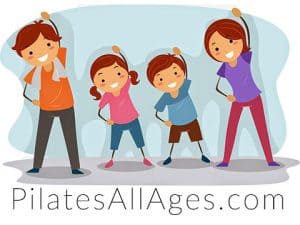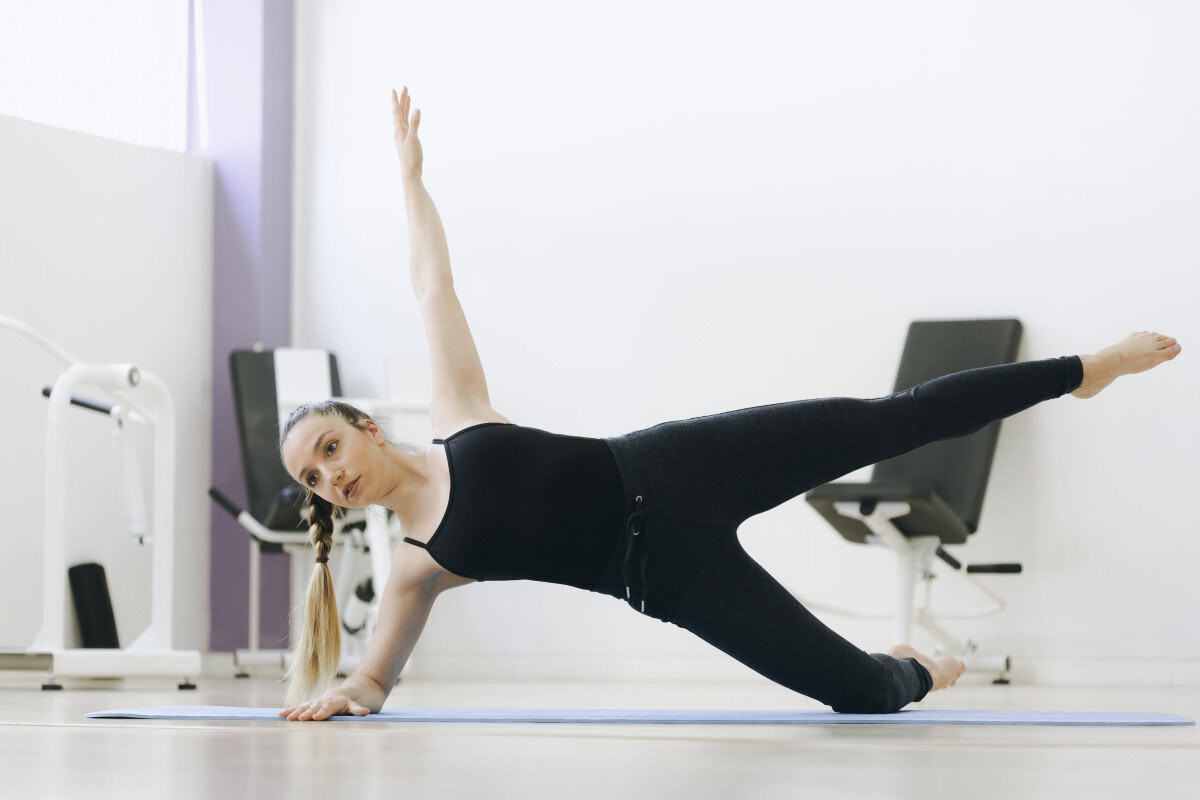Introduction
In today’s digital age, many of us spend long hours sitting at a desk, leading to various physical issues such as back pain, neck tension, and poor posture. Pilates offers an excellent solution to counteract these effects, promoting better posture, flexibility, and overall well-being. This article will explore how Pilates can benefit desk workers and provide practical exercises to incorporate into your daily routine.
1. The Impact of Prolonged Sitting:
Poor Posture: Sitting for extended periods often leads to slouching and poor posture, which can cause musculoskeletal imbalances and discomfort.
Back and Neck Pain: Prolonged sitting puts pressure on the lower back and can lead to neck strain, contributing to chronic pain.
Reduced Flexibility and Mobility: Lack of movement can result in stiffness and decreased flexibility, affecting your overall mobility.
2. Benefits of Pilates for Desk Workers:
Improving Posture: Pilates emphasizes alignment and core strength, helping to correct poor posture and reduce strain on the spine.
Alleviating Back and Neck Pain: By strengthening the core and supporting muscles, Pilates can alleviate pain associated with prolonged sitting.
Enhancing Flexibility and Mobility: Pilates stretches and exercises promote flexibility and improve the range of motion, making it easier to move freely and comfortably.
Reducing Stress and Tension: Pilates encourages mindful movement and deep breathing, which can reduce stress and release tension accumulated during the day.
3. Effective Pilates Exercises for Desk Workers:
The Spine Stretch Forward: This exercise helps to stretch the spine and improve posture.
- How to do it: Sit with legs extended in front, feet flexed. Inhale to sit tall, exhale to reach forward, lengthening the spine. Hold for a few seconds, then return to the starting position.
The Cat-Cow Stretch: This exercise increases spinal flexibility and relieves tension.
- How to do it: Start on all fours with hands under shoulders and knees under hips. Inhale to arch the back (Cow), and exhale to round the back (Cat). Repeat several times.
The Seated Twist: This exercise stretches the back and shoulders, improving spinal mobility.
- How to do it: Sit with legs crossed or on a chair. Place one hand on the opposite knee and twist your torso, looking over your shoulder. Hold for a few breaths, then switch sides.
The Chest Opener: This exercise counteracts the forward-hunched posture common in desk work.
- How to do it: Stand or sit tall. Interlace your fingers behind your back and gently lift your arms, opening your chest. Hold for a few breaths and release.
The Pelvic Tilt: This exercise strengthens the lower back and core muscles.
- How to do it: Lie on your back with knees bent and feet flat on the floor. Inhale to prepare, exhale to tilt the pelvis, pressing the lower back into the floor. Inhale to release. Repeat several times.
4. Integrating Pilates into Your Workday:
Desk-Friendly Stretches: Incorporate simple stretches into your workday, such as neck rolls, shoulder shrugs, and seated spinal twists. These can be done at your desk to relieve tension and promote flexibility.
Take Short Breaks: Set a timer to remind yourself to take short breaks every hour. Use this time to stand, stretch, and move around to counteract the effects of prolonged sitting.
Practice Mindful Breathing: Take a few moments throughout the day to practice deep, mindful breathing. This can reduce stress and improve focus.
Use a Stability Ball: Consider using a stability ball as a chair for part of the day. This engages your core muscles and promotes better posture.
5. Creating a Balanced Routine:
Consistency is Key: Incorporate Pilates exercises into your daily routine to see the best results. Consistency will help you build strength, improve flexibility, and maintain better posture.
Combine with Other Activities: Complement Pilates with other physical activities such as walking, swimming, or yoga to promote overall well-being and counteract the effects of a sedentary lifestyle.
Listen to Your Body: Pay attention to your body’s signals and adjust your exercises accordingly. If you experience pain or discomfort, consult a professional for guidance.
Conclusion
Pilates is an effective way to counteract the negative effects of prolonged sitting for desk workers. By incorporating Pilates exercises into your daily routine, you can improve posture, alleviate back and neck pain, enhance flexibility, and reduce stress. Start with the exercises mentioned above and gradually build a balanced routine that fits your schedule. With consistency and mindfulness, Pilates can transform your workday and overall well-being.

